News
How do you know a business is TRUE eco-tourism?
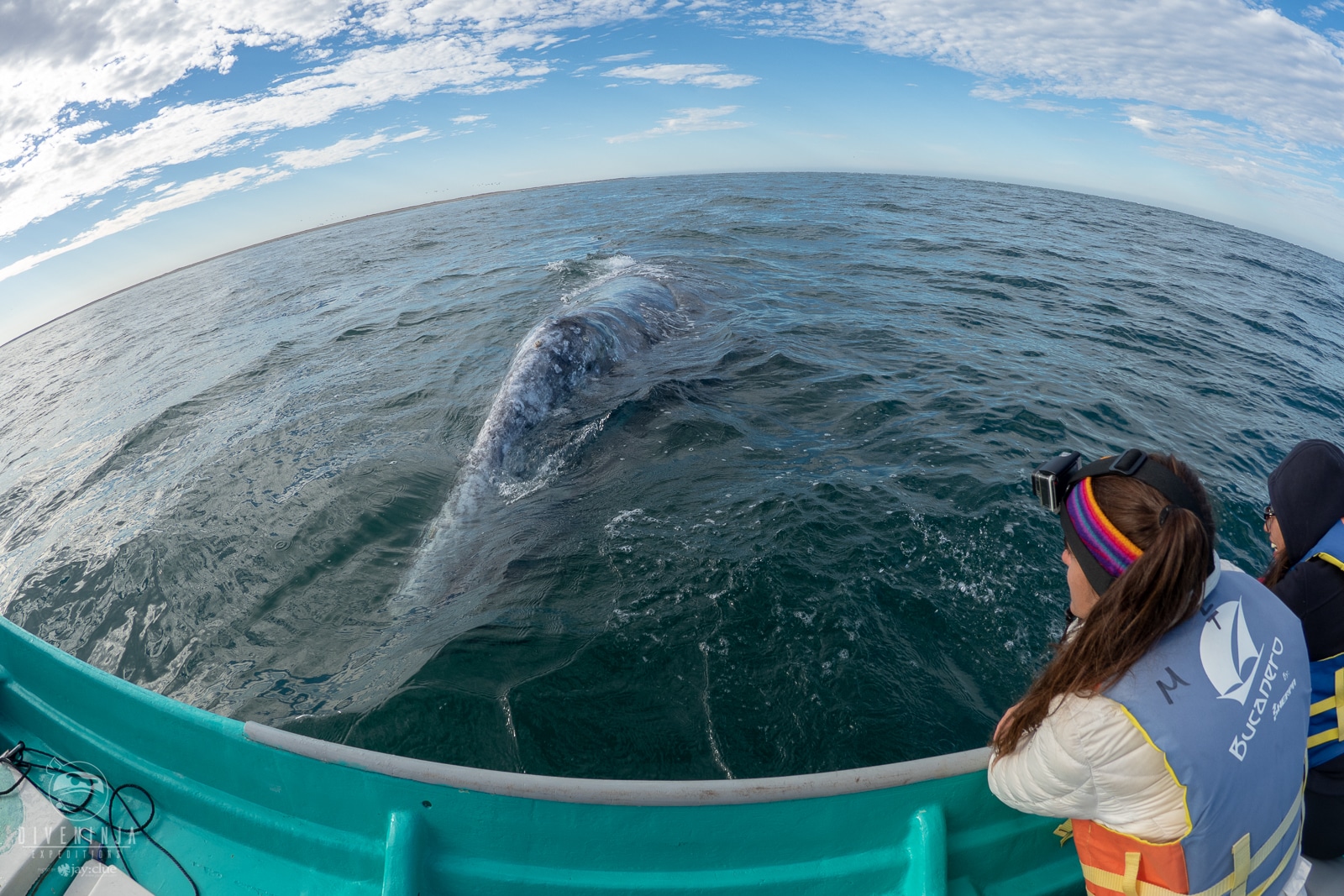
A guest article from marine biologist María Laura Marcías…
Given the current environmental problems we can all pretty much agree that we are facing a crisis. That is not something we want to think about when making plans for our next vacation. But you can help when planning your next holiday by considering choosing ecotourism activities. It is the best way to truly know a place. Exploring its natural and cultural resources, all while reducing your ecological footprint to a minimum in the process, or even better, having a positive impact.

Baja California Sur (BCS) is a Mexican state with a strong touristic component from its foundation given that it has a beautiful and diverse natural and cultural heritage. With so many offers, sometimes it’s difficult to choose a good company for your trip. How do you know they behave well to the environment? In many countries there are eco-labels provided by international regulations or local nongovernmental organizations (NGOs), but this is rarely the case here. Moreover, there is an abuse of the word “eco” for marketing purposes.
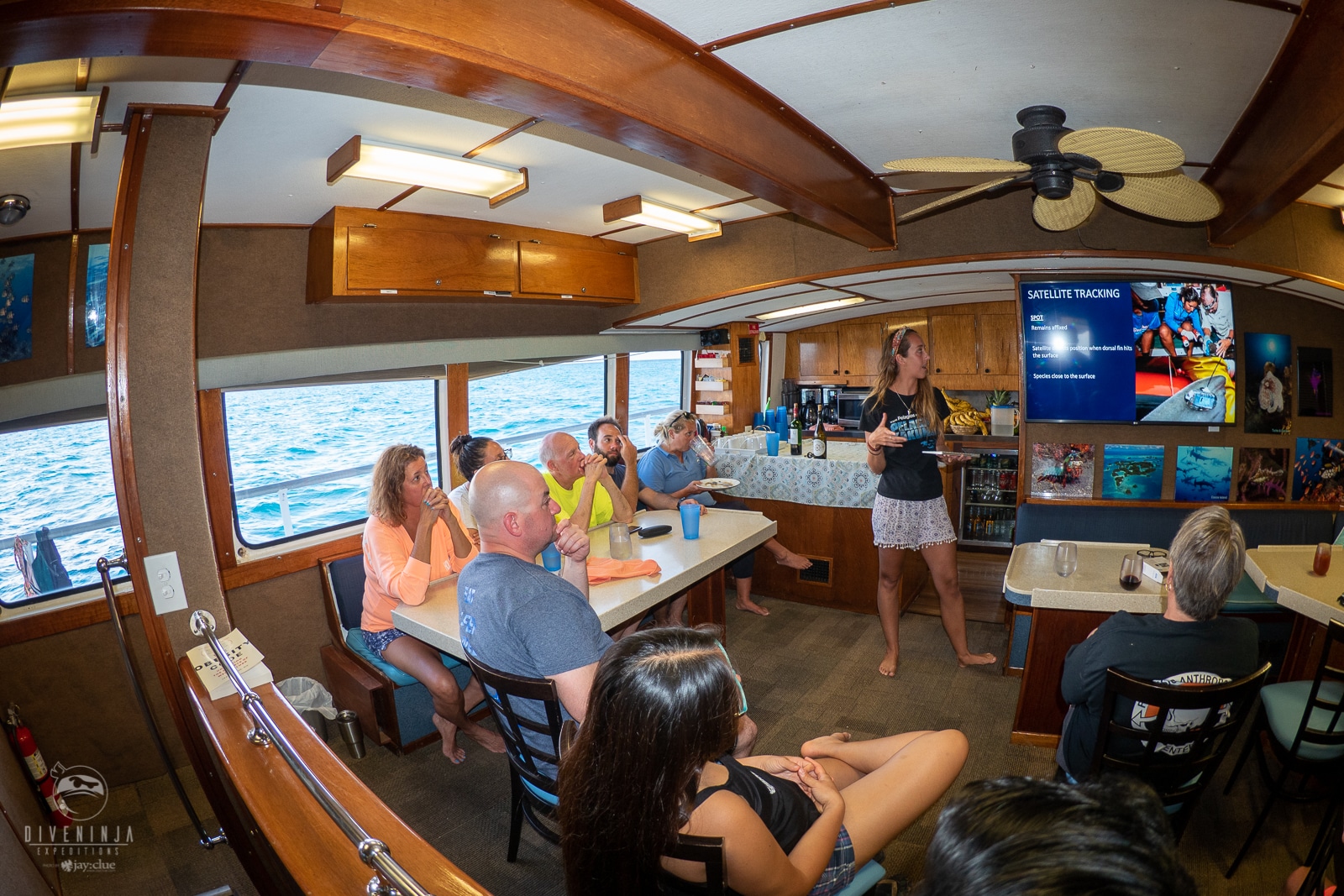
To begin, ecotourism activities must meet the following principles:
1. involve travel to natural destinations, 2. minimize negative impacts in both the environment and the local communities, 3. build environmental awareness, 4. provide direct benefits for conservation, 5. provide financial benefits and empowerment for local people, 6. respect local culture.
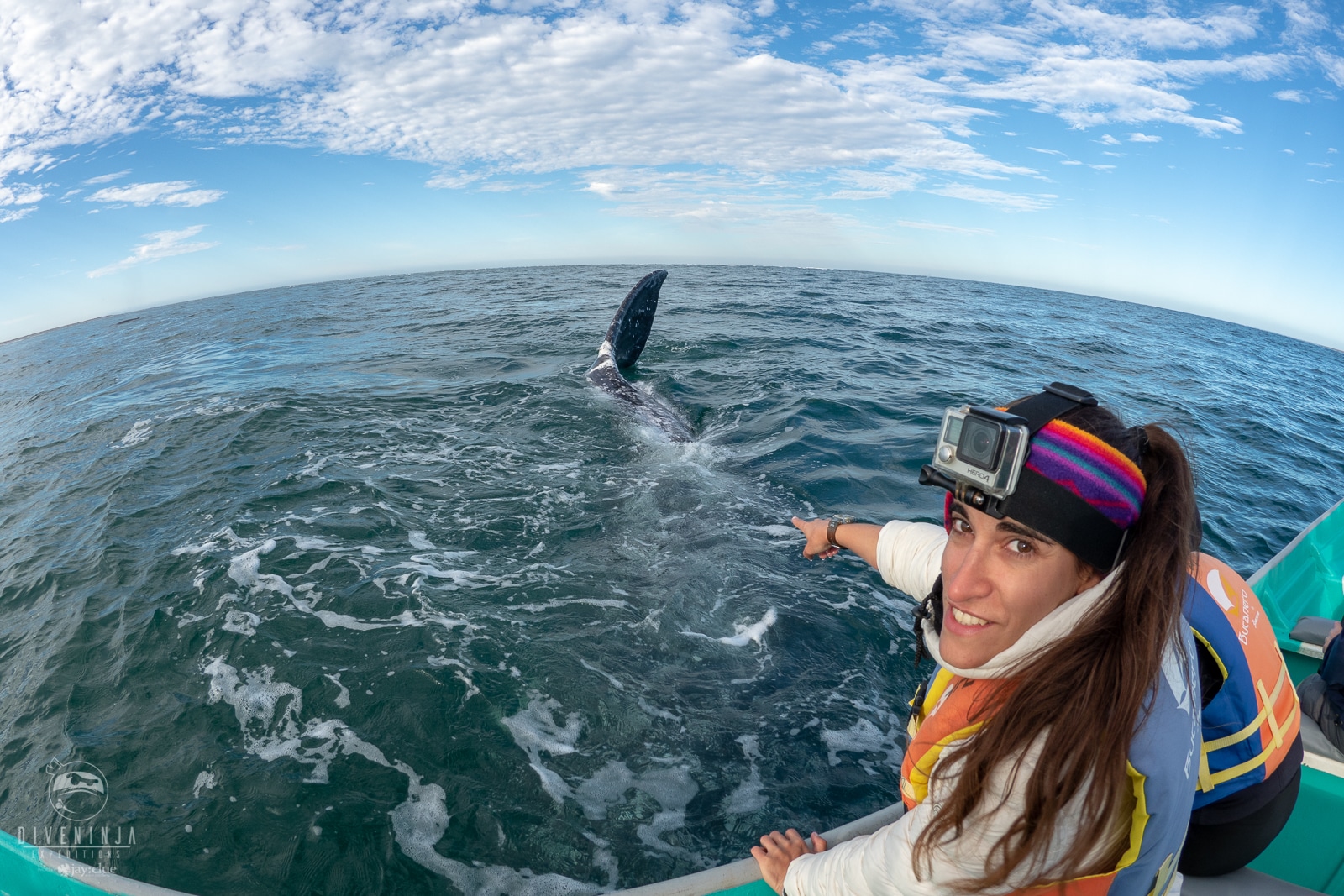
My name is Maru. I’m a biologist & science communicator from Argentina, who is currently working on a master’s degree in Marine Sciences with ecotourism in La Paz, BCS, Mexico. I’d like to share a few concepts and tips for you to help make your decision, based on my experience in numerous ecotourism areas:
- As mentioned before, ecotourism is any recreational activity that involves appreciation and knowledge of nature with an attitude and commitment to know, respect, enjoy and actively participate in conservation of natural and cultural resources. This works for the tourists as well as the service providers. Regarding the latter, you should ask your company of choice about local conservation programs and how can you get involved.
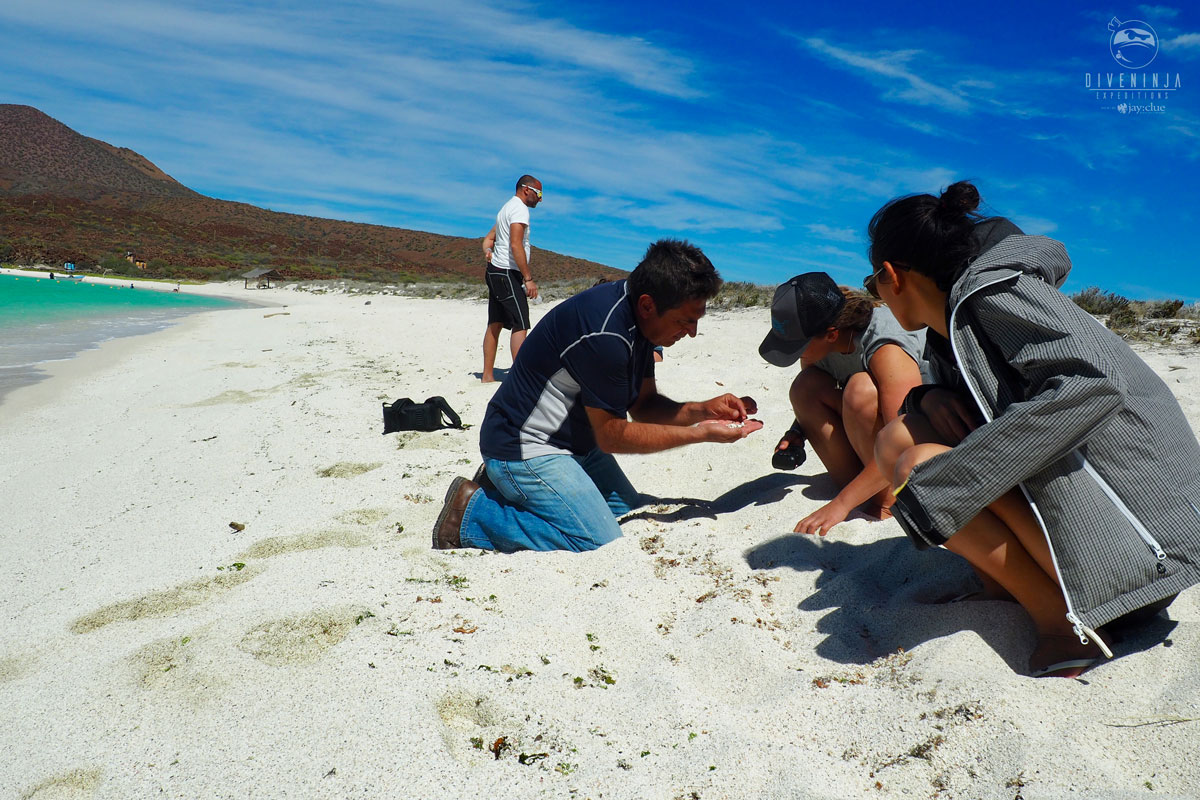
- The company should try to reduce its impact to the environment to a minimum. This involves noise disturbances, pollution, food wraps, local production of merchandising, avoiding single use plastics, and so forth. Their whole operation has to have sustainable standards.
- Of course, tour operators should approach wild animals following current regulations with extra care and with precautionary principles in mind when new situations arrive. In addition, wild animals are just that, wild. This means they will interact with us as long as they want to, so we should not interfere with their normal behavior… this includes feeding them to attract them! With enough patience and a bit of luck, sometimes you will see things you might not have even imagined, and it is always a privilege to interact with nature in its purest form.
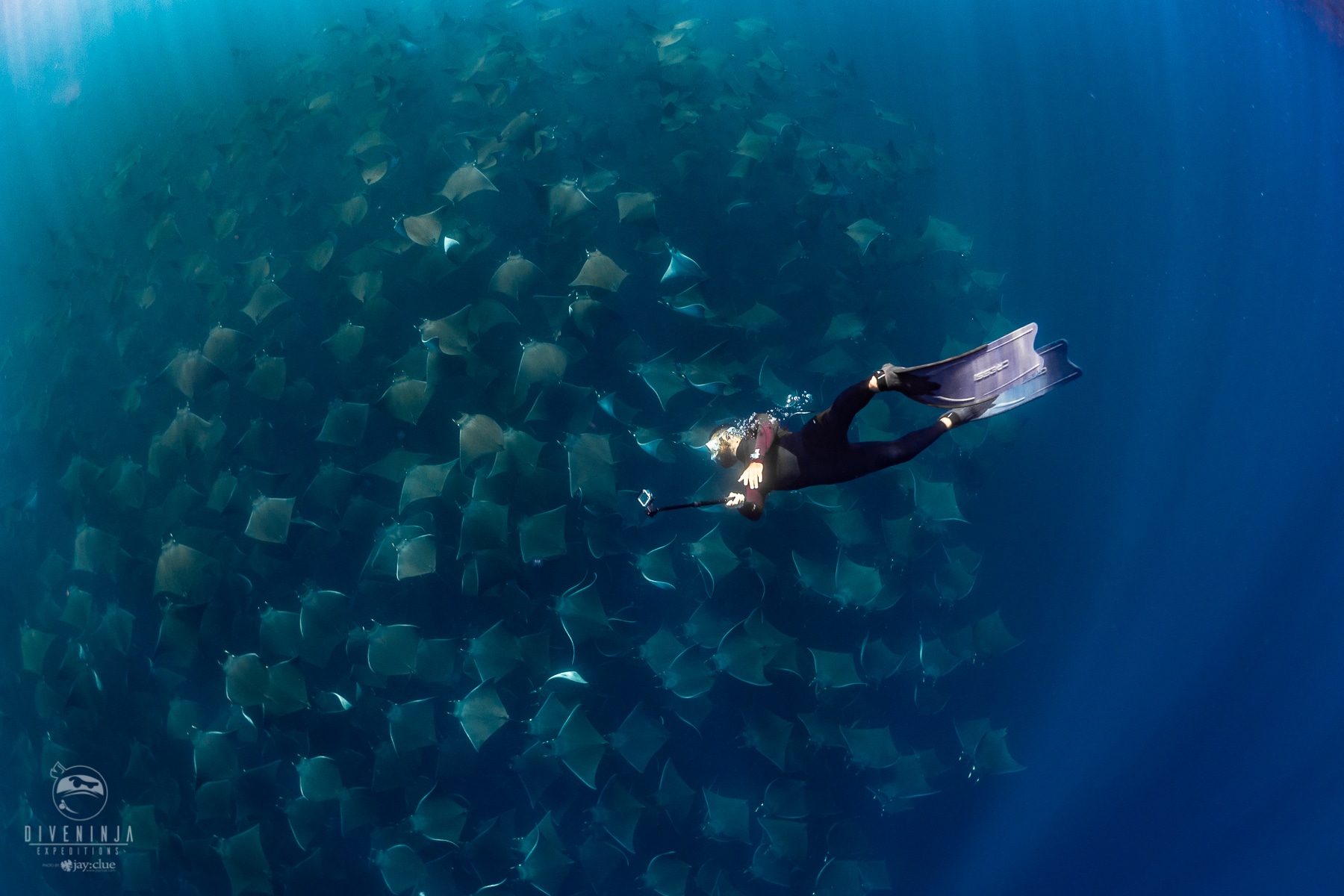
- In the best scenario, the company should have an interpretative educational program designed to increase people’s environmental awareness and pro-environmental behaviors towards the environment, not only in the place they visit, but also to take and implement back home. With social media these days, post-visit action resources can now be more easily implemented.
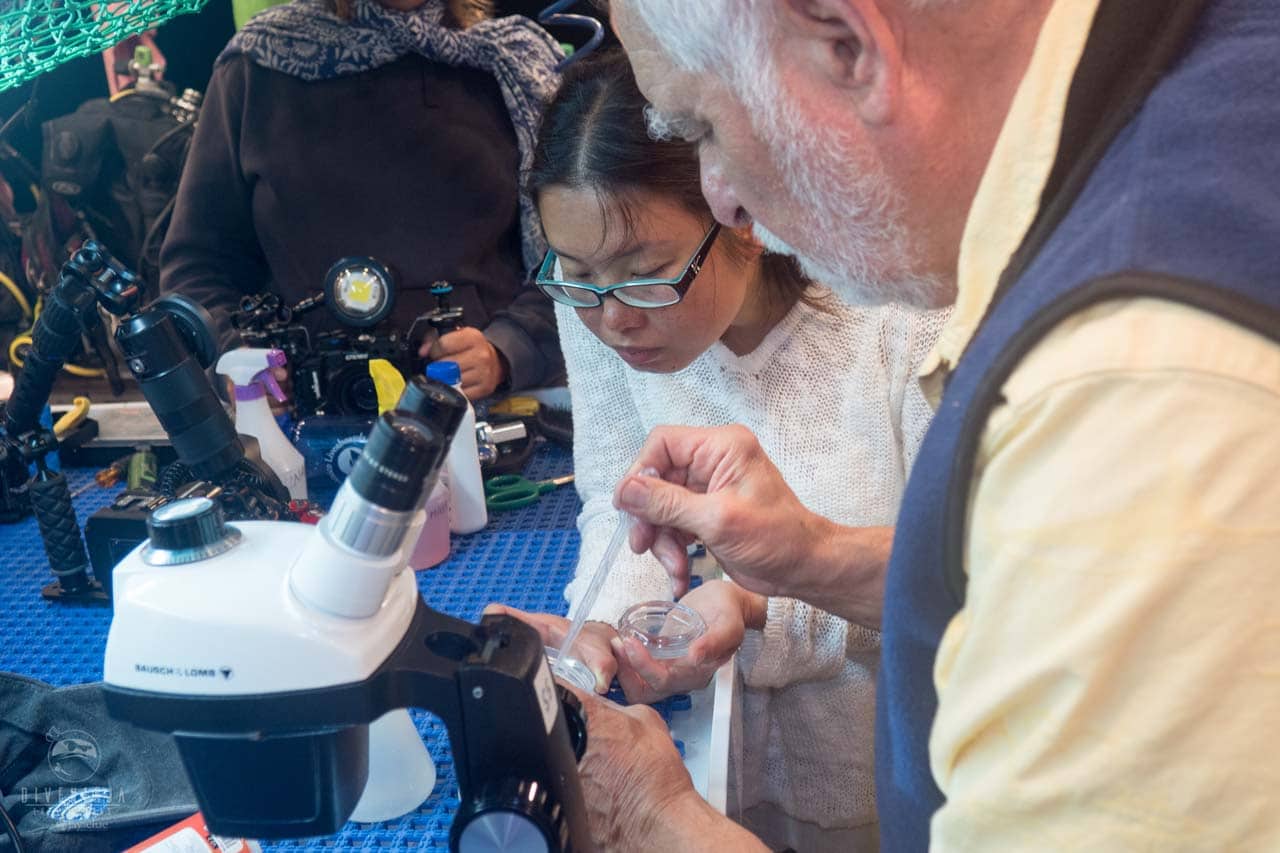
- When delivering the information, they should not “press the play button” and vomit it to you (sorry for the image) like a robot. They should take into account your personal experience, background and interests. They do not know more than you, they know different things. It’s this shared knowledge that enriches both sides of the communication process.
- Foreign companies have every right to work in the place, but must involve local people in some part of their operation. This could be done by buying local food for tourist’s meals, having local captains, or part of the tour guided by or with information provided by locals. This can certainly prove to be a plus for the tourist’s experience! Remember that ecotourism also involves cultural heritage.
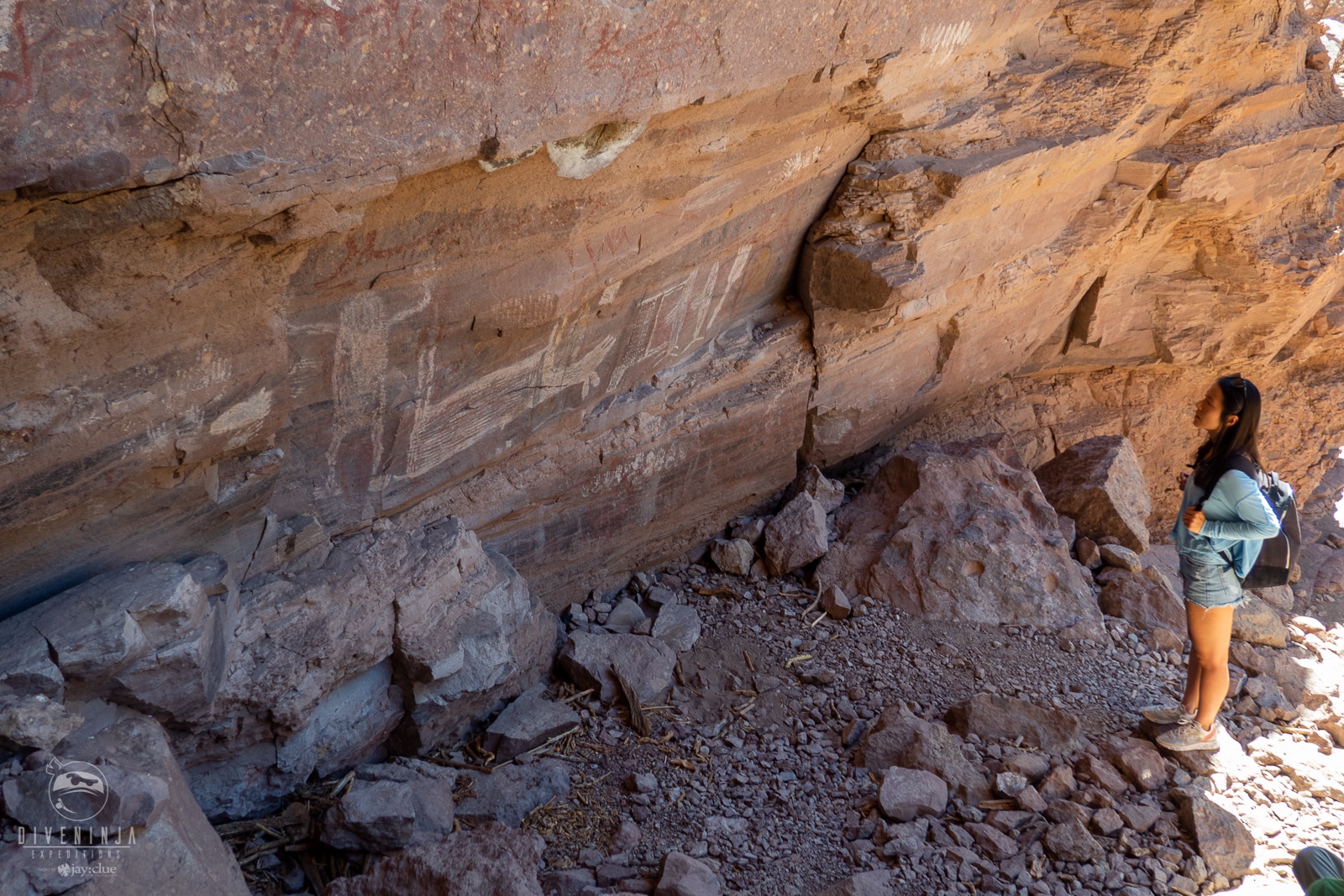
- Frequently we believe that having a biologist guide is the best option. Although sometimes this could be a plus, tourist guides with proper certifications, training and/or experience can be just as good or even better. Biology is a career where we are mostly trained to do research, and sometimes biologists don’t have the training, or even interest in science outreach or in guiding, so our degree is no warranty of quality interpretation. A well-trained tourist guide is someone that knows the proper sources of information and can deliver it to you in an accurate and serious, but fun way.
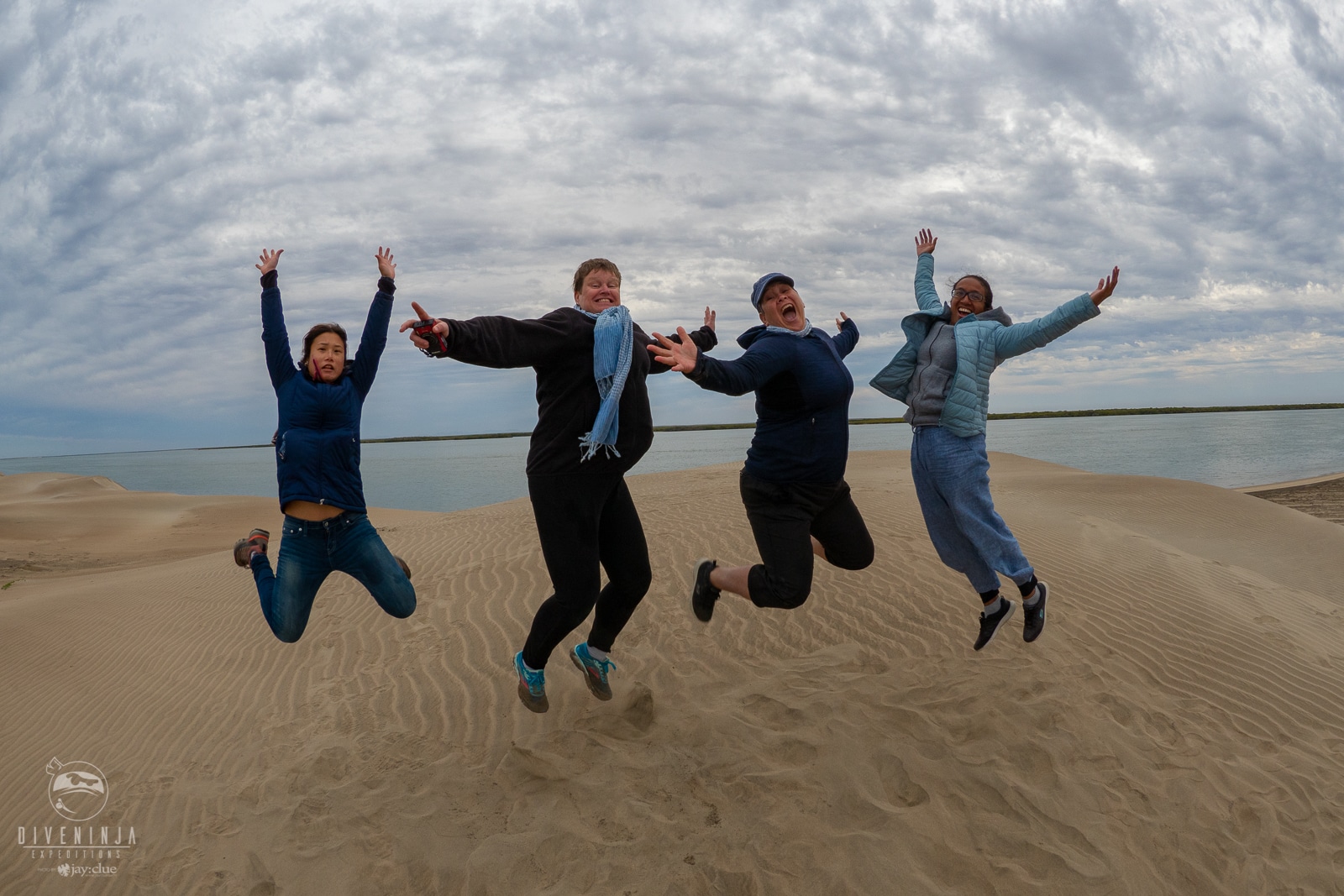
- Above all, passion is the key. Tourist guides should love and have passion for what they do. This is the best way to conserve, protect and transmit cultural and natural heritage to others.
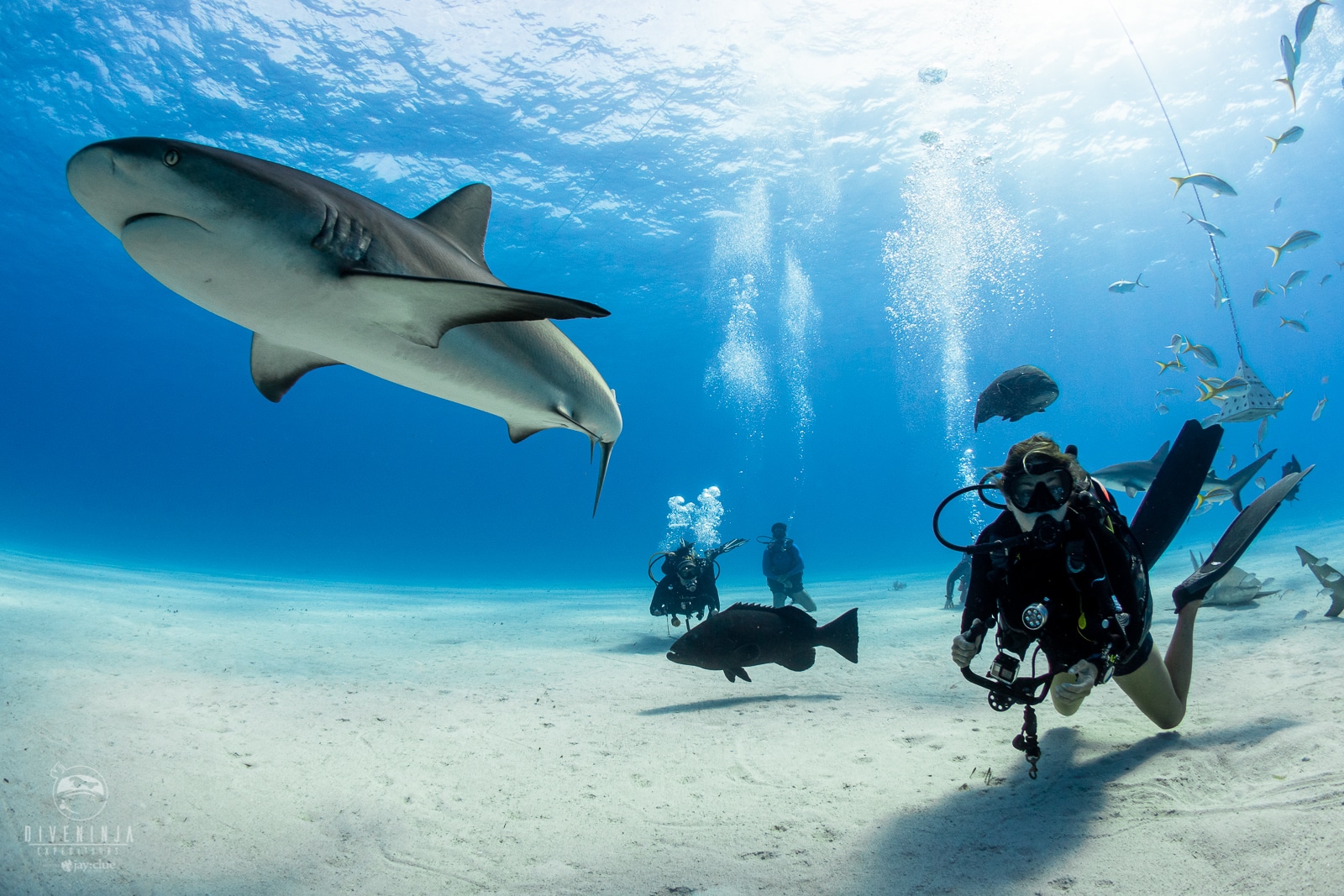
While working on research this past winter I was able to meet and experience firsthand how some of the operators in Baja work. As an example of the above, one of the operators that welcomed me into their groups was Dive Ninja Expeditions in Cabo San Lucas. My experience with them showed they went above and beyond these requirements. They have well-experienced tour guides. They care about the local area and propose different solutions in trying to achieve zero waste policies and sustainable standards. They promote and help local businesses and people. They are involved in creating and actively participating in citizen science projects. And of course, they are very passionate and love what they do.
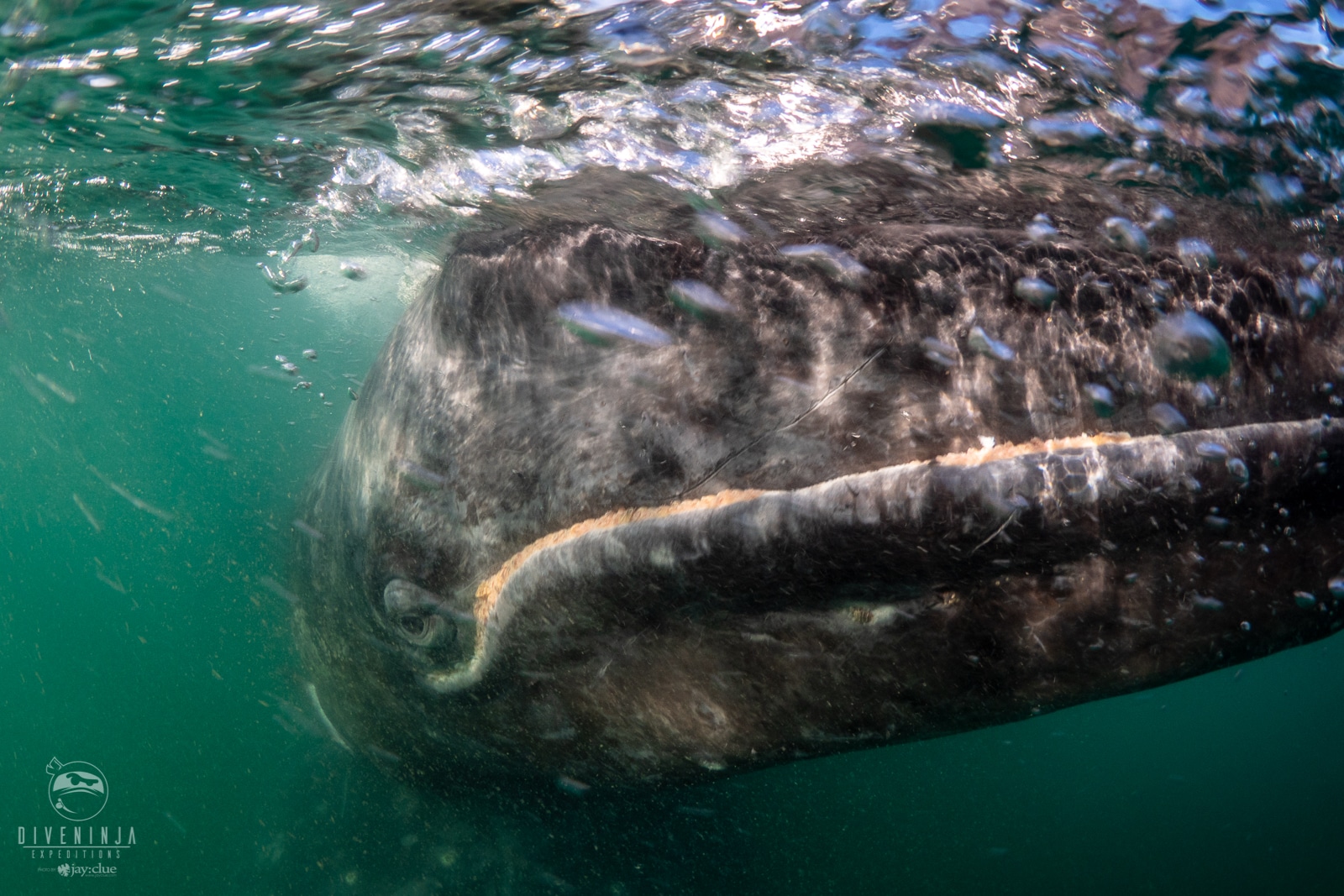
Ultimately what defines a true eco-tourism company is an organization that does not strive to be the best in the market, but instead they strive to be the best for the environment where they are. And so, I ask you, do you recall the last time you went on a trip with a true eco-tourism company?
Disclosure: Please bear in mind that this is my personal opinion and does not represent the institution I study in. If you have any doubts or comments, please feel free to contact me.
References
Ballantyne, R., & Packer, J. (2011). Using tourism free‐choice learning experiences to promote environmentally sustainable behaviour: the role of post‐visit ‘action resources’. Environmental Education Research, 17(2), 201-215.
Brochu, L., & Merriman, T. (2008). Personal interpretation: Connecting your audience to heritage resources.
Instituto Nacional de Ecología (INE), (1997). Programa de ecoturismo en áreas naturales de México. SEMARNAP-SECTUR.
SEMARNAT. (2019). Retrieved 7 September 2019, from http://aplicaciones.semarnat.gob.mx/estadisticas/compendio2010/10.100.13.5_8080/ibi_apps/WFServlet6b1e.html
Gear News
Scubapro Free Octopus Promotion 2024

Free Octopus with every purchase of a SCUBAPRO regulator system
Just in time for the spring season, divers can save money with the FREE OCTOPUS SPRING PROMOTION! Until July 31st SCUBAPRO offers an Octopus for free
with every purchase of a regulator system!
Get a free S270 OCTOPUS with purchase of these combinations:
MK25 EVO or MK19 EVO with A700
MK25 EVO or MK19 EVO with S620Ti
MK25 EVO or MK19 EVO with D420
MK25 EVO Din mit S620Ti-X
Get a free R105 OCTOPUS with purchase of the following combinations:
MK25 EVO or MK19 EVO with G260
MK25 EVO or MK17 EVO with S600
SCUBAPRO offers a 30-year first owner warranty on all regulators, with a revision period of two years or 100 dives. All SCUBAPRO regulators are of course certified according to the new European test standard EN250-2014.
Available at participating SCUBAPRO dealers. Promotion may not be available in all regions. Find an authorized SCUBAPRO Dealer at scubapro.com.
More information available on www.scubapro.com.
Blogs
Northern Red Sea Reefs and Wrecks Trip Report, Part 3: The Mighty Thistlegorm

Jake Davies boards Ghazala Explorer for an unforgettable Red Sea diving experience…
Overnight, the wind picked up, making the planned morning dive a bit bumpy on the Zodiacs to the drop point on Thomas Reef. There, we would dive along the reef before descending through the canyon and then passing under the arch before ascending the wall with a gentle drift. The site provided great encounters with more pelagic species, including shoals of large barracuda, tuna, and bigeye trevally.
Once back on the boat, it was time to get everything tied down again as we would head back south. This time, with the wind behind us, heading to Ras Mohammed to dive Jackfish Alley for another great gentle drift wall dive before then heading up the coast towards the Gulf of Suez to moor up at the wreck of the Thistlegorm. This being the highlight wreck dive of the trip and for many onboard, including myself, it was the first time diving this iconic wreck. I had heard so much about the wreck from friends, and globally, this is a must on any diver’s list. Fortunately for us, there was only one other boat at the site, which was a rarity. A great briefing was delivered by Ahmed, who provided a detailed background about the wreck’s history along with all the required safety information as the currents and visibility at the site can be variable.

Kitting up, there was a lot of excitement on deck before entering the water and heading down the shoreline. Descending to the wreck, there was a light northerly current which reduced the visibility, making it feel more like the conditions that can be found off the Welsh coast. At 10m from the bottom, the outline of the wreck appeared as we reached the area of the wreck which had been bombed, as our mooring line was attached to part of the propeller shaft. Arriving on deck, instantly everywhere you looked there were many of the supplies which the ship was carrying, including Bren Carrier tanks and projectiles that instantly stood out.

We headed around the exterior, taking a look at the large propeller and guns mounted on deck before entering the wreck on the port side to take a look in the holds. It was incredible to see all the trucks, Norton 16H, and BSA motorcycles still perfectly stacked within, providing a real snapshot in time.

Overall, we had four dives on the Thistlegorm, where for all of the dives we were the only group in the water, and at times, there were just three of us on the whole wreck, which made it even more special, especially knowing that most days the wreck has hundreds of divers. Along with the history of the wreck, there was plenty of marine life on the wreck and around, from big green turtles to batfish, along with shoals of mackerel being hunted by trevally. Some unforgettable dives.

The final leg of the trip saw us cross back over the Suez Canal to the Gobal Islands where we planned to stay the night and do three dives at the Dolphin House for the potential of sharing the dive with dolphins. The site, which included a channel that was teeming with reef fish, especially large numbers of goatfish that swam in large shoals along the edge of the reef. These were nice relaxing dives to end the week. Unfortunately, the dolphins didn’t show up, which was okay as like all marine life they are difficult to predict and you can’t guarantee what’s going to be seen. With the last dive complete, we headed back to port for the final night where it was time to clean all the kit and pack before the departure flight the next day.

The whole week from start to finish on Ghazala Explorer was amazing; the boat had all the facilities you need for a comfortable week aboard. The crew were always there to help throughout the day and the chefs providing top quality food which was required after every dive. The itinerary providing some of the best diving with a nice mixture of wreck and reef dives. I would recommend the trip to anyone, whether it’s your first Red Sea liveaboard in the Red Sea or you’re revisiting. Hopefully, it’s not too long before I head back to explore more of the Red Sea onboard Ghazala Explorer.

To find out more about the Northern Red Sea reef and wrecks itineraries aboard Ghazala Explorer, or to book, contact Scuba Travel now:
Email: dive@scubatravel.com
Tel: +44 (0)1483 411590
Photos: Jake Davies / Avalon.Red
-

 News3 months ago
News3 months agoHone your underwater photography skills with Alphamarine Photography at Red Sea Diving Safari in March
-

 News3 months ago
News3 months agoCapturing Critters in Lembeh Underwater Photography Workshop 2024: Event Roundup
-

 Marine Life & Conservation Blogs2 months ago
Marine Life & Conservation Blogs2 months agoCreature Feature: Swell Sharks
-

 Blogs2 months ago
Blogs2 months agoMurex Resorts: Passport to Paradise!
-

 Blogs2 months ago
Blogs2 months agoDiver Discovering Whale Skeletons Beneath Ice Judged World’s Best Underwater Photograph
-

 Marine Life & Conservation2 months ago
Marine Life & Conservation2 months agoSave the Manatee Club launches brand new webcams at Silver Springs State Park, Florida
-

 Gear Reviews3 months ago
Gear Reviews3 months agoGear Review: Oceanic+ Dive Housing for iPhone
-

 Gear Reviews2 weeks ago
Gear Reviews2 weeks agoGEAR REVIEW – Revolutionising Diving Comfort: The Sharkskin T2 Chillproof Suit
















